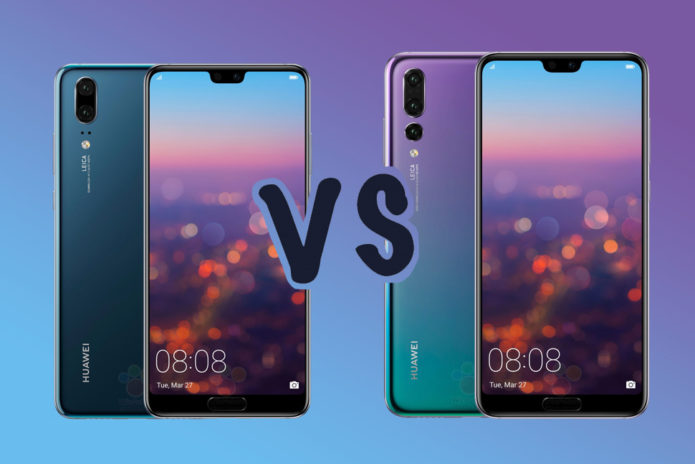Huawei has unveiled two new smartphones as it set outs its ambitious aims for 2018. The Huawei P20 and Huawei P20 Pro replace the P10 models – taking a bigger step up in numbering because these devices bring big changes.
With a pair of devices to choose from, we’ve cut through the specs, handled the phones and crunched the numbers to help you decide which phone you should buy.
This is the Huawei P20 vs Huawei P20 Pro.
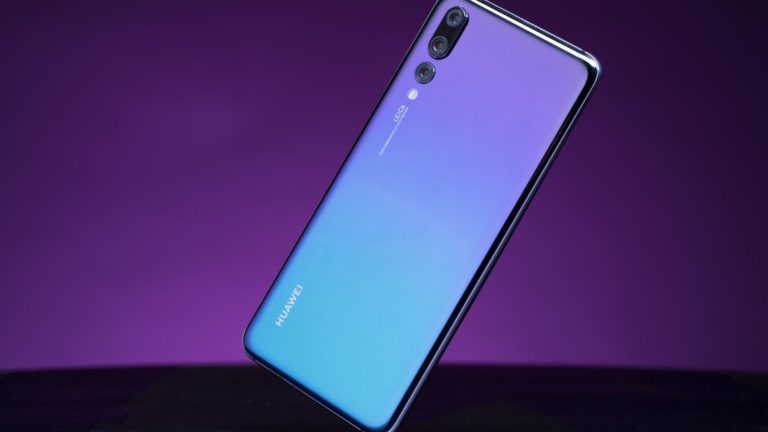
Huawei P20 vs P20 Pro: Design
- Both have a similar glass and metal design
- Huawei P20 Pro is larger and thicker
- P20 Pro gets more colours
- P20 Pro has higher IP67 waterproofing
To look at, the Huawei P20 and the P20 Pro have a very similar design. Firstly, both have a FullView display on the front, incorporating a notch at the top like the iPhone X. That means very little bezel on these phones, but both still have a fingerprint scanner on the front.
The rear of the phones is glass, held together with a metal core giving lovely curved edges. The build quality and design of these phones is very much the same. iPhone X comparisons will be unavoidable, except that both these Huawei phones come in a wide range of colours – with the P20 getting a few more options, although it’s the Twilight colour that everyone will be talking about.
There’s naturally a small difference in size, with the P20 Pro being a little larger because of the bigger display, as well as being slightly thicker – the P20 is 7.65mm thick, while the P20 Pro is 7.8mm thick.
Naturally there’s the third camera on the rear of the P20 Pro, but otherwise the thing that is different to the P20 is the IP rating: the P20 gets an IP53 rating while the P20 Pro offer IP67.

Huawei P20 vs P20 Pro: Display
- P20: 5.8-inch, 2244 x 1080, 18.7:9 LCD with notch
- P20 Pro: 6.1-inch, 22440 x 1080, 18.7:9 OLED with notch
The Huawei P20 models both switch aspects, following the trend of modern smartphones and offer a FullView display (as Huawei calls it). In this instance it offers an 18.7:9 aspect. The biggest talking point will be the notch at the top of the display which houses the speaker and front camera. So let’s talk about that first.
The notch is basically the same on both devices and both devices also offer the ability to hide the notch with an option in the settings. This simply flanks it with black panels left and right so you don’t notice it. So, if you don’t like the notch, you can easily hide it.
Both displays also offer the same resolution of 2244 x 1080 pixels. So Huawei is sticking to Hull HD+ for its devices, rather than moving up to Quad HD+. Because the P20 Pro has a larger display, technically, it’s a little softer as the pixels are a little more spread out.
However, the P20 Pro has an OLED panel while the regular P20 has an LCD panel. There’s a slight colour difference between the two, with the P20 Pro being a little warmer – as is often the case for OLED displays. Both can be tuned to change the colour to your preference, however.
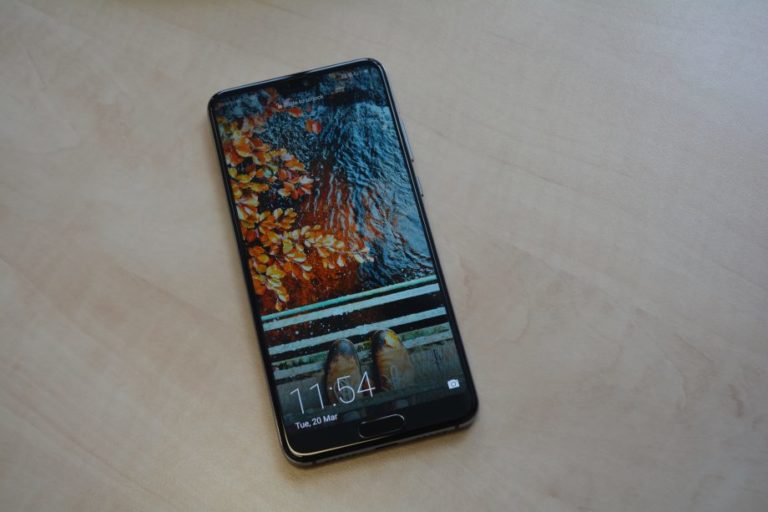
Huawei P20 vs P20 Pro: Hardware specs
- P20: HiSilicon Kirin 970, 4GB RAM, 128GB storage, 3400mAh
- P20 Pro: HiSilicon Kirin 970, 6GB RAM, 128GB storage, 4000mAh
The hardware that these new Huawei phones runs on is the Kirin 970 – as found in the Mate 10 Pro. This is a platform that has a leaning toward AI, while delivering power to rival other flagship devices. We’ve certainly been impressed with the Mate 10 Pro. There’s a difference in the RAM however, with the P20 getting 4GB and the P20 Pro seeing a boost to 6GB, fitting its Pro badging.
On the storage front, both these phones will come with 128GB of storage as standard, but will take a hit by losing the microSD expansion.
On the battery capacities, the larger phone gets a larger battery, but the 4000mAh for the P20 Pro is likely to see this phone be one of the best battery performers. The P20 is meanwhile said to offer a 3320mAh cell, which it larger than average for its size. Both offer fast charging via the USB Type-C connection.
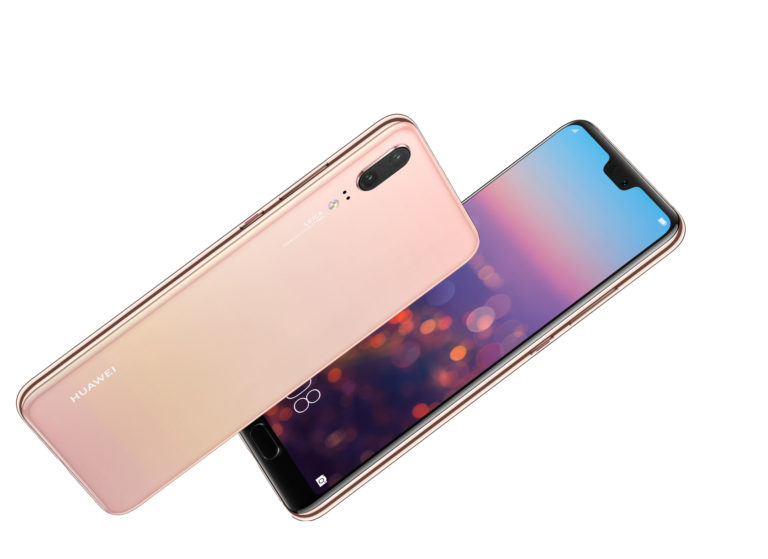
Huawei P20 vs P20 Pro: Camera
- P20: Leica 12MP RGB sensor f/1.8 and 20MP monochrome sensor f/1.6, 1.55µm pixels
- P20 Pro: Leica 40MP RGB sensor, 20MP monochrome sensor, 8MP 3x optical zoom camera
Much of the talk of these phones – and the biggest difference – surrounds the cameras. The Huawei 20 gets a dual Leica camera system that’s similar to previous Huawei camera. It has an RGB sensor combined with a monochome sensor aiming to give you better quality images by offering more data. It’s supported by laser autofocus and a colour temperature sensor to give you accurate white balance across your photos.
The Huawei P20 Pro, however, also has a pairing of Leica cameras, but steps the RGB sensor up to 40-megapixels with a larger 1/1.7in sensor. This again works with a 20-megapixel monochrome sensor as it does in the P20 to give you accurate photos. However, the 40-megapixel sensor does a couple of additional things, firstly, it offers Pixel Fusion technology so that it can capture more light, giving you the equivalent of 2.0µm pixels – as well as offering ISO 102,400.
The 40MP sensor can also use sensor cropping to give you hybrid zoom at a level of 5x. In addition, that third lens gives you 3x optical zoom – with image stabilisation – so you get closer to the action.
Both devices share a range of features – like 960fps super slow-motion capture and a 24-megapixel front-facing camera – but the Huawei P20 Pro has the edge.
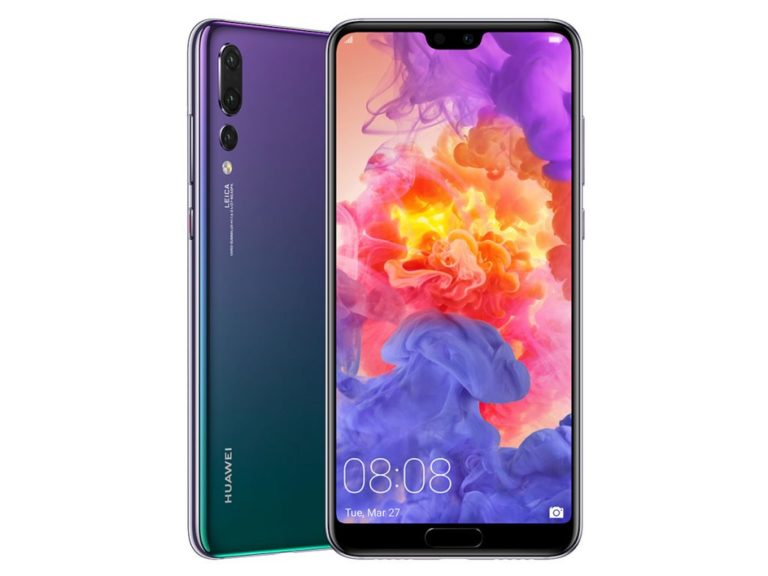
Huawei P20 vs P20 Pro: Price and conclusions
- P20: £599/$815 SIM free
- P20 Pro: £799/$1087 SIM free
Prices for the SIM free device has been confirmed by Carphone Warehouse, coming in its £599/$815 for the Huawei P20, while the Huawei P20 Pro price is £799/$1087.
That £799/$1087 price for the P20 Pro brings it in cheaper than the Samsung Galaxy S9+, which is £899/$1223 for the 64GB version, but Huawei will really have to prove itself with the camera experience to be seen as worth that asking price.
The Huawei P20 retains a little more appeal with its cheaper price. Both should offer similar day-to-day performance, although the P20 Pro potentially has a more vibrant display, more capable camera and better battery life. Whether that’s worth the high price is something we’ll be looking at in our Huawei P20 Pro review when it finally launches.
(pocket-lint.com, https://goo.gl/wKGWWf)


